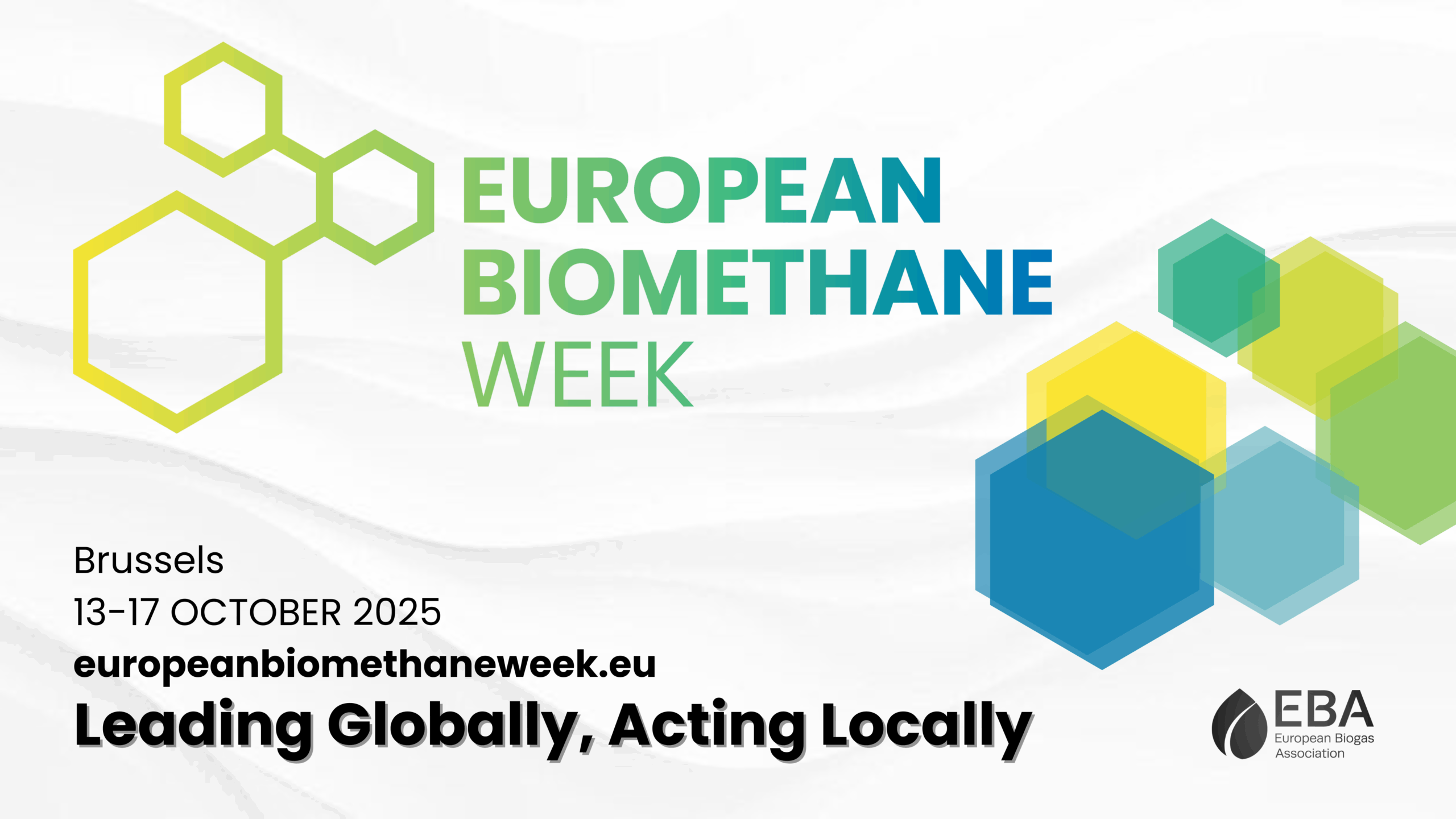US Energy Secretary heralds $15m biomass facility upgrade
The Biomass Feedstock National User Facility's upgrade is set to help the bioenergy industry overcome challenges related to converting biomass sources such as wood, biomass energy crops, municipal solid waste and agricultural residues into valuable fuels and clean chemicals.
The upgraded user facility is designed to enhance biomass feedstock quality through expanded preprocessing capabilities, intelligent automation, and tools to advance fundamental knowledge of feedstock variability and material handling.
Feedstock variability — inconsistency in physical and chemical attributes of biomass such as moisture content, ash content, particle size and carbohydrate concentration — creates biomass handling and quality challenges that have hampered biorefineries during scale up and integration.
The upgraded national user facility will help the bioenergy industry manage biomass variability, in part, by demonstrating equipment that separates biomass and wastes into different fractions early in the preprocessing stage.
Advanced sensors will gather data and automatically adjust equipment to compensate for variability. Each fraction contains different chemical and physical characteristics that industry can use to create consistent biomass feedstocks optimized for specific conversion processes.
The improved BFNUF also includes upgrades that expand the types of raw materials that the facility can process to include waste streams from municipal solid waste, green manufacturing and other carbon streams.
For example, municipal solid waste sorting technologies take advantage of optical and chemical sensors powered by artificial intelligence that can be trained to recognise different types of materials, such as plastics, based on their shape, colour or chemical makeup.
Robotic arms or pneumatic mechanisms can then sort the materials, which are formatted into feedstocks for clean fuel and products.
During the ceremony, Granholm announced a new Department of Energy initiative to devote national scientific resources to create 100 and 400 million tons of clean fuels and chemicals per year by 2035 and 2050, respectively.
The Clean Fuels and Products Shot will help accelerate the widespread adoption of low-carbon solutions such as bio-based aviation fuels and bioplastics.
The effort is part of the US Energy Department’s Energy Earthshots Initiative, which is intended to accelerate breakthroughs of more abundant, affordable and reliable clean energy solutions within the decade.
“DOE is invested in decarbonising the transportation and chemical industries by accelerating technologies necessary to reduce emissions from the manufacturing of fuels and chemicals,” said Granholm. “This Energy Earthshot will advance the Biden-Harris administration’s efforts to diversify the domestic supply chain with cost-competitive, clean fuels and products for daily use and establish the US as a world leader in clean fuel and clean carbon-based chemical production.”
“The research and development conducted at the Biomass Feedstock National User Facility is an example of INL’s diverse, multiprogramme capabilities and is vital to achieving our vision of changing the world’s energy future,” said INL Director John Wagner. “DOE’s investment in this truly unique facility enhances INL’s clean energy mission work by offering our industry partners more resources as they work to bring material processing facilities online.”

















